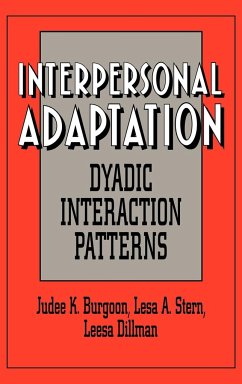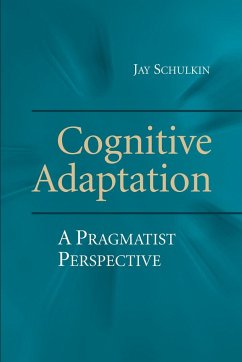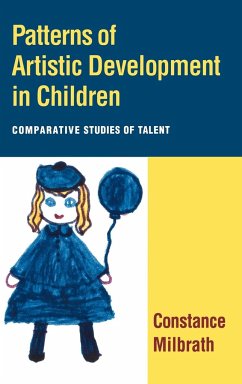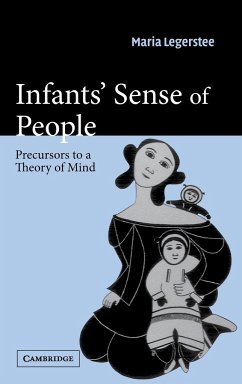
Interpersonal Adaptation
Dyadic Interaction Patterns

PAYBACK Punkte
60 °P sammeln!
When people communicate, they often adapt their interaction styles to one another. For example, they may match each other's behavior, synchronize the timing of behavior, or behave in opposite ways. This volume analyzes these dyadic interaction patterns and builds a case for a new theory of adaptation. Interaction Adaptation Theory draws the soundest principles from previous theories while being responsive to current empirical evidence. To develop this theory the authors summarize a broad range of theories that seek to predict and explain adaptation patterns such as synchrony, mirroring, matchi...
When people communicate, they often adapt their interaction styles to one another. For example, they may match each other's behavior, synchronize the timing of behavior, or behave in opposite ways. This volume analyzes these dyadic interaction patterns and builds a case for a new theory of adaptation. Interaction Adaptation Theory draws the soundest principles from previous theories while being responsive to current empirical evidence. To develop this theory the authors summarize a broad range of theories that seek to predict and explain adaptation patterns such as synchrony, mirroring, matching, reciprocity, compensation, convergence, and divergence. This volume will serve as both a reference guide for researchers and a text for students and faculty in communication, psychology, family studies, counseling, and sociolinguistics.














